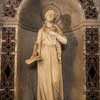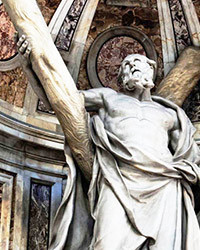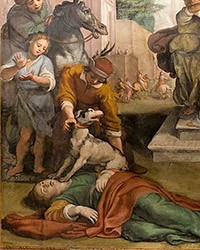
Church of Sant’Agnese in Agone, Piazza Navona
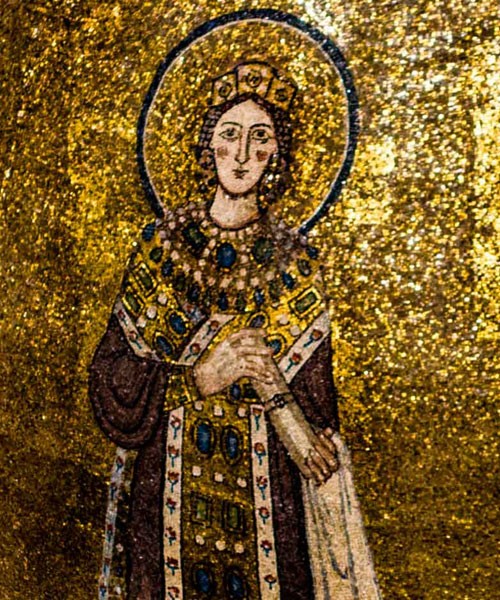
St. Agnes, mosaic in the apse of the Basilica of Sant’Agnese fuori le mura
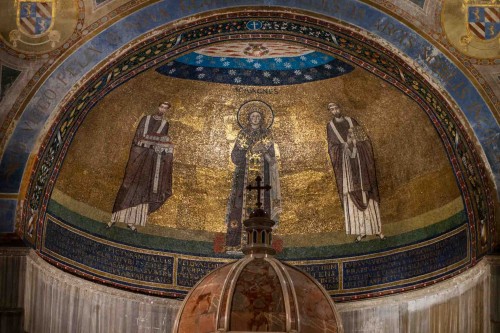
Apse in the Basilica of Sant’Agnese fuori le mura, St. Agnes between Pope Honorius I and Pope Gregory the Great

A sculpture depicting St. Agnes in flames, Church of Sant’Agnese in Agone
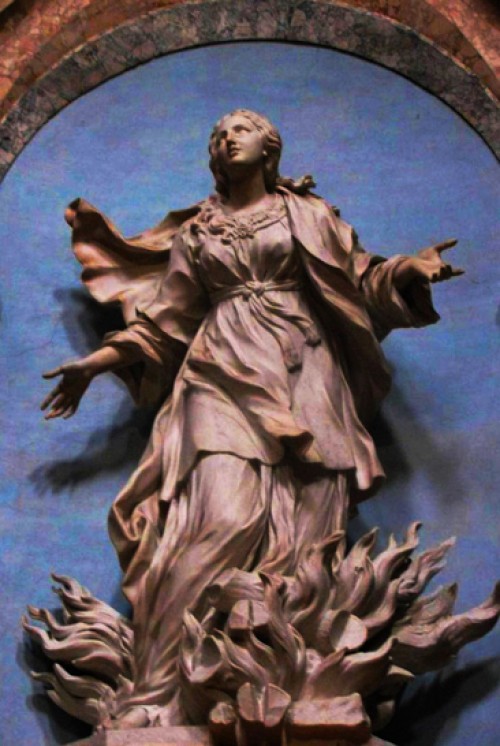
St. Agnes in flames, Church of Sant’Agnese in Agone
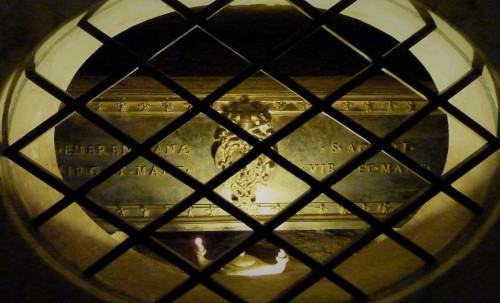
Basilica of Sant’Agnese fuori le mura, reliquary of St. Agnes in the crypt below the altar

Statue of St. Agnes, catacombs of Church of Santa Cecilia, beginning of XX century
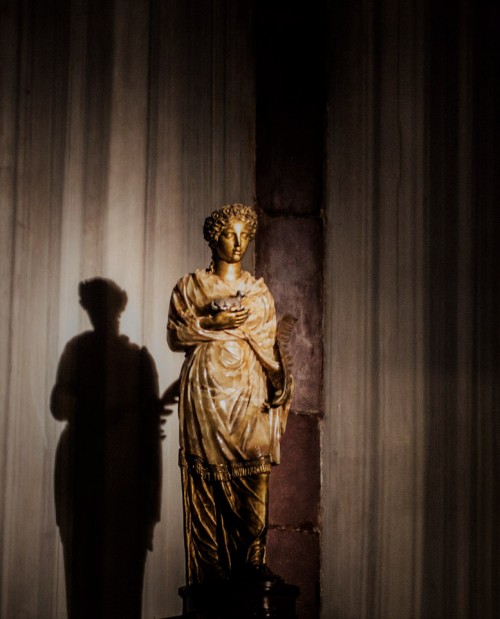
Basilica of Sant’Agnese fuori le mura, statue of St. Agnes in the main altar

Church of Sant’Agnese in Agone, interior
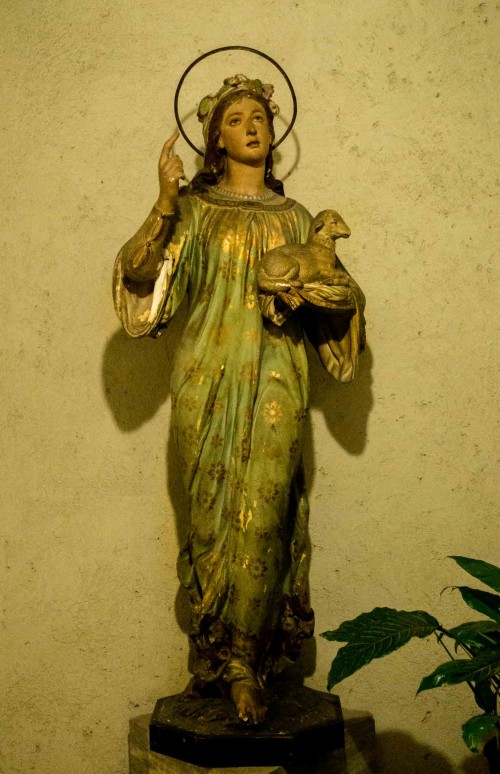
Basilica of Sant’Agnese fuori le mura, St. Agnes – folk-type statue at the enterance to the crypt
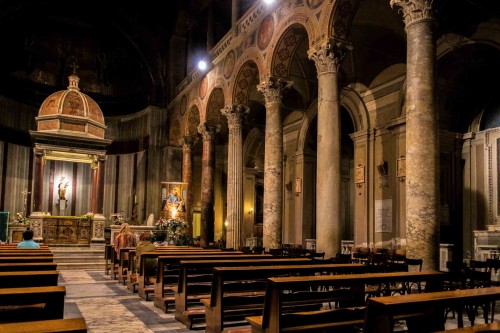
Basilica of Sant’Agnese fuori le mura, interior
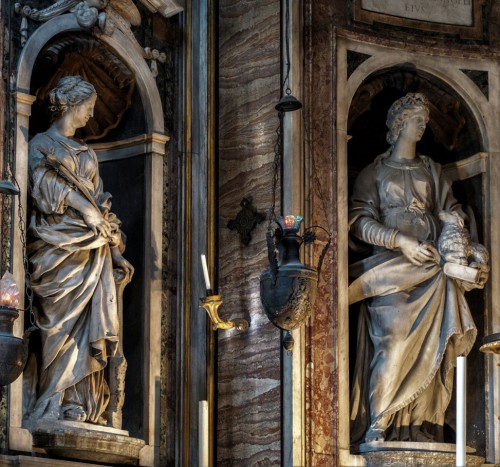
Church of Santa Maria di Loreto, presbytery, St. Cecilia – Giuliano Finelli, St. Agnes – Pompeo Ferrucci (on the left)
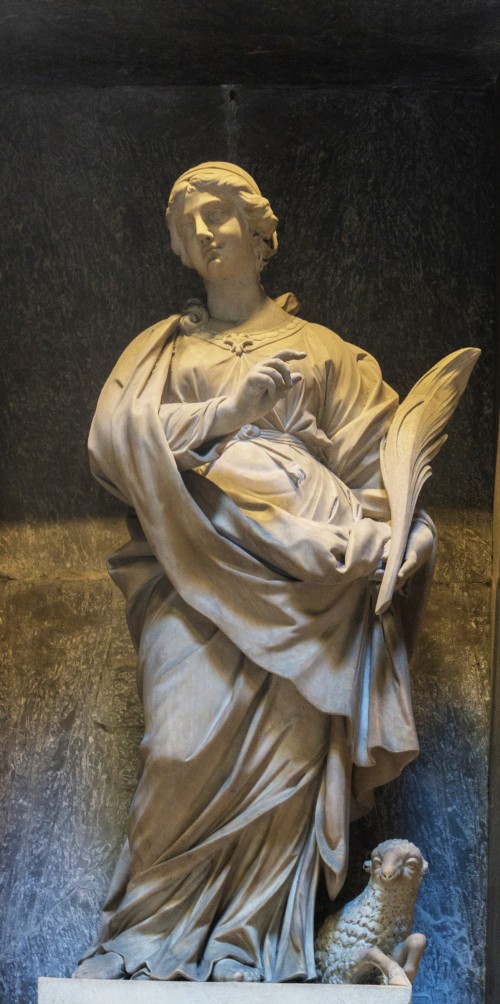
Saint Agnes, Vinzenzo Felici, Pantheon
We know almost nothing about the patron saint of virgins and children, whose name is born by two notable Roman churches (Sant’Agnese fuori le mura, Sant’Agnese in Agone), except for the fact that her cult appeared suddenly at the beginning of the IV century and quickly started to spread among the growing number of Christians
We know almost nothing about the patron saint of virgins and children, whose name is born by two notable Roman churches (Sant’Agnese fuori le mura, Sant’Agnese in Agone), except for the fact that her cult appeared suddenly at the beginning of the IV century and quickly started to spread among the growing number of Christians
Tradition says that the girl was a victim of persecutions during the times of the Emperor Diocletian. Since that time quite an extensive hagiographic literature concerning her has appeared. Stories of the young Christian’s steadfastness and fortitude were told by the bishop of Milan himself, and a future saint, Ambrose, pointing out a story of the brave twelve-year old, who after running away from home, desired to live in purity and love of Christ. However, even he was conscious of the fact that her persona was mythologized, writing in one of his treatises: “But what can I say worthy of her whose very name was not devoid of bright praise?….” Agnes, meaning pure (from the Greek word hagne), was perhaps only a personification of virginity, which at that time was treated with great respect by Christians. A legend which accompanies her, tells of sending her to a brothel, being subject to rapes, then finally burnt. Miraculously saved from all atrocities, she seemed to confirm the effectiveness of Divine intercession, however, she finally perished with a strike of a sword to her throat. Her vita shows a great gamma of tortures and humiliations, to which a virgin can be subjected, and in an obvious way shows the horrors of martyrdom. It also shows a true Christian heroine, at times of persecutions when many abandoned their faith, fearing for their life and possessions. In this case, a child, becomes the model of proper, non-compromising behavior.
However, the legend did not take into account the fact, that Roman law protected adolescents and a twelve-year old girl could not have been sentenced to a beheading. On the other hand, rapes on the youth were common practice, while the liberal Roman law did not occupy itself with people who committed such acts; it was amended only in the IV century by Emperor Constantine the Great, when a severe punishment for the rape of adolescent girls was introduced.
















